It’s time to take a look at the sales distribution charts of Image and the other independent publishers for December.
Standard disclaimers: The numbers are based on the Diamond sales charts as estimated by the very reliable John Jackson Miller. These charts are pretty accurate for U.S. Direct Market sales with the following caveats: 1) you can add ~10% for UK sales, which are not reflected in these charts; 2) everyone’s best guess is you can add ~10% for digital sale – while some titles do sell significantly better in digital (*cough* Ms. Marvel *cough*), that’s the average rule of thumb; 3) it’s not going to include reorders from subsequent months, although reorders will show up in subsequent months if they’re high enough. So if you’re a monster seller in Southampton and it took the US audience 3 weeks to reorder, it’s probably not going to be reflected here.
What’s a sales band? It’s another way to have a higher level view of the market. The general idea is to divide the market into bands of 10K copies sold and see how many issues are in each band. How many issues sold between 90-99K copies, 80-89K copies, etc. etc. In very broad terms, the market is healthier when there are several titles selling in the 70K-100K+ range because titles that move a lot of copies give the retailers some margin of error on their ordering. When you see titles selling in the 20-29K band and especially below, there’s a pretty good chance a lot of retailers aren’t ordering those titles for the shelf (pull box/pre-order only) or minimal shelf copies at best.
For the purposes of these sales band charts, we really are looking for titles that are selling 10K and over, so only publishers with an issue that topped 10K will be listed here. The sad fact is, most independent comics sell under 10K and it’s when they cross that line that they really start getting noticed. The December estimates have the top *500* single issues, which means everything above 580 copies ordered, so this is probably a fairly complete list compared to the usual top 300.
Does the scale look a little off with the Image chart this month? That because we have the top 500 listings and you’re seeing that Image had a whopping 48 titles that were ordered into the Direct Market with fewer than 10K copies in December. 27 of them were ordered at less than 5K, not counting reprints. If you hear retailers complaining about Image having too many titles with low sale, this is what they mean.
Much like November, an awful lot of Image’s first tier titles didn’t ship an issue in December. Walking Dead and Paper Girls were the only two titles that shipped over 20K and only 5 titles shipped at over 10K. The January chart will look a little bit different as a few of the more popular titles shipped after some time off. If too many books are taking a break between tpbs at the same time, this is what you get and it sure isn’t optimal.
Why so many low selling titles? Unless they’ve changed their business model recently, Image charges a flat fee to creators for that single issue and doesn’t touch the revenue past that. For them to increase revenue on single issues, they need to publish more of them. Looks like Image made some money in December, but a lot of those creators aren’t going to see a very big check after Image’s listing fee comes out of it unless they’ve got some decent digital sales. (Remember, some creators make their money off tpbs and foreign rights.)
Over on the indie chart, it’s a relatively quiet month. The bestselling non-Image independent comic is Quantum & Woody #1, where Valiant seems to have sold a lot of variants while sending up the excesses of 90s variant covers. The other issue topping 20K was Dark Horse’s Hellboy Krampusnacht #1 at a bit over 22K, which was also the highest selling non-Image creator-owned title of the month (and outsold all but 2 of Image’s December single issue releases).
The rest of the indie chart seems to have trouble holding a print circulation over 20K past the first issue, but that’s a continuing trend. On the whole, it gives the impression things are cooling off a bit, but let’s see how it looks in January. Image should perk up a bit, if nothing else.
How does it look if we merge Image and the other independents?
Image still outpaces everyone else, but their top end advantage is not nearly as pronounced as has been in previous months.
And here’s a different way to visualize the publishers:
Want to learn more about how comics publishing and digital comics work? Try Todd’s book, Economics of Digital Comics



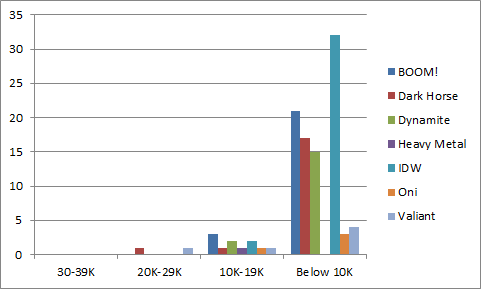
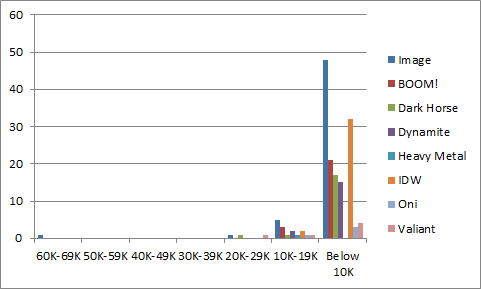
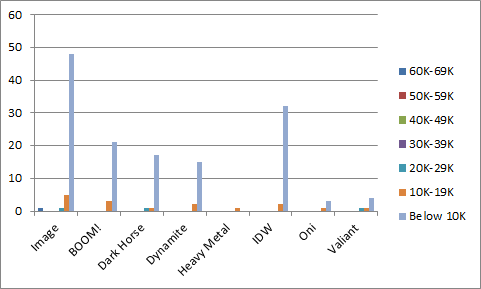
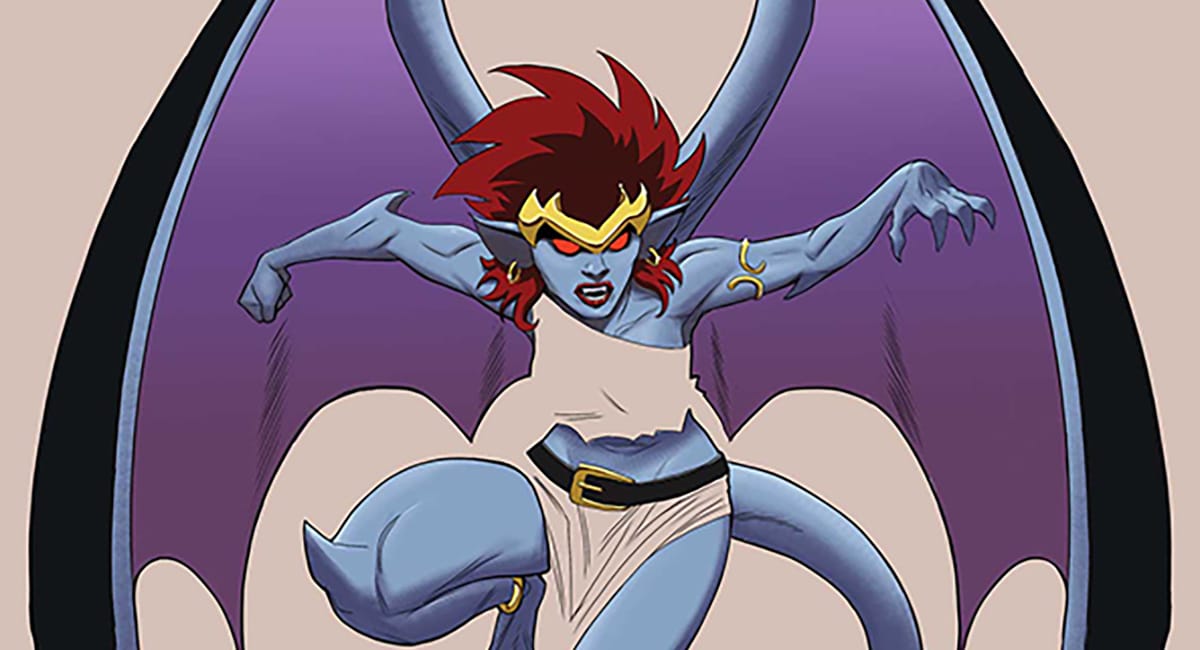
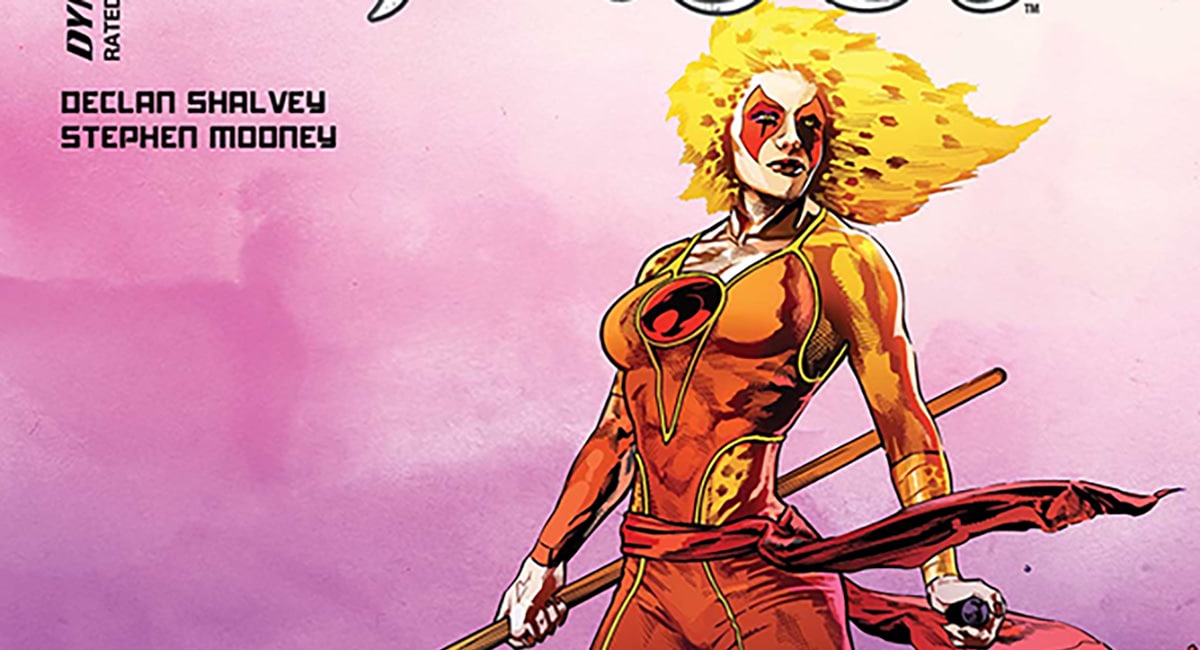
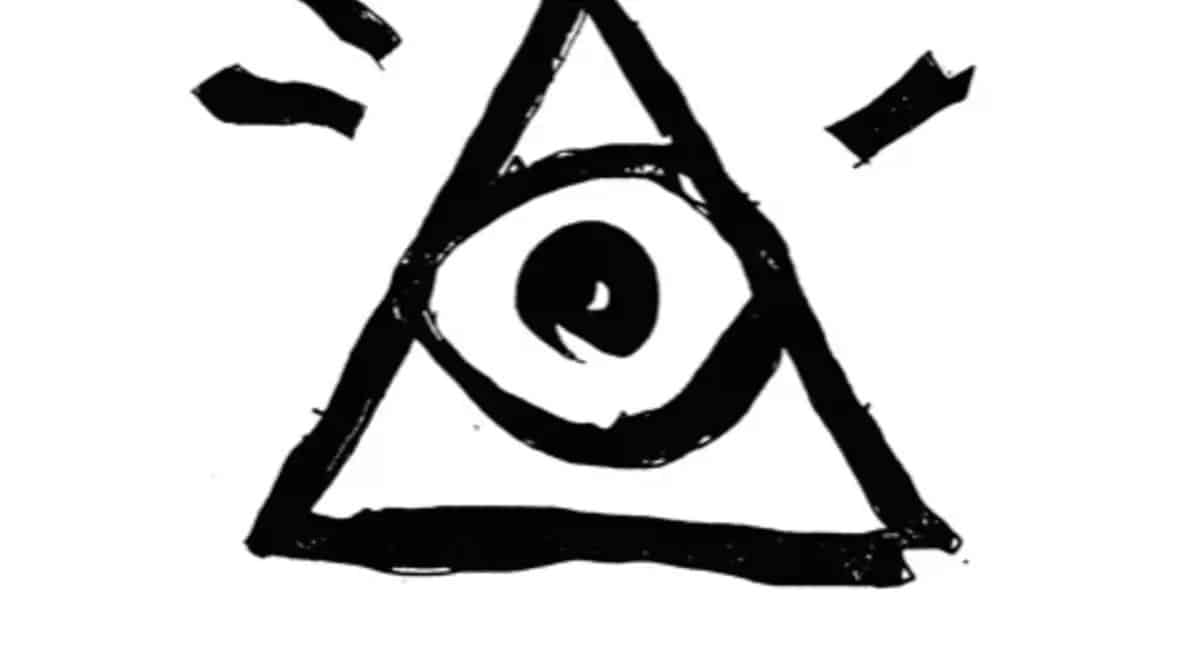



Publishers seemingly are incapable of pruning their solicitations of low selling titles; therefore, retailers are doing it for them by making most of these titles “subscription only.” This means publishers (and creators) will need to reach out to fans and get them to add new books to their subscription lists or face even lower initial orders.
Surely there must be bigger parity for the independents when it comes to the collected editions of titles. They must have larger second lives with the trade waiters.
Comments are closed.